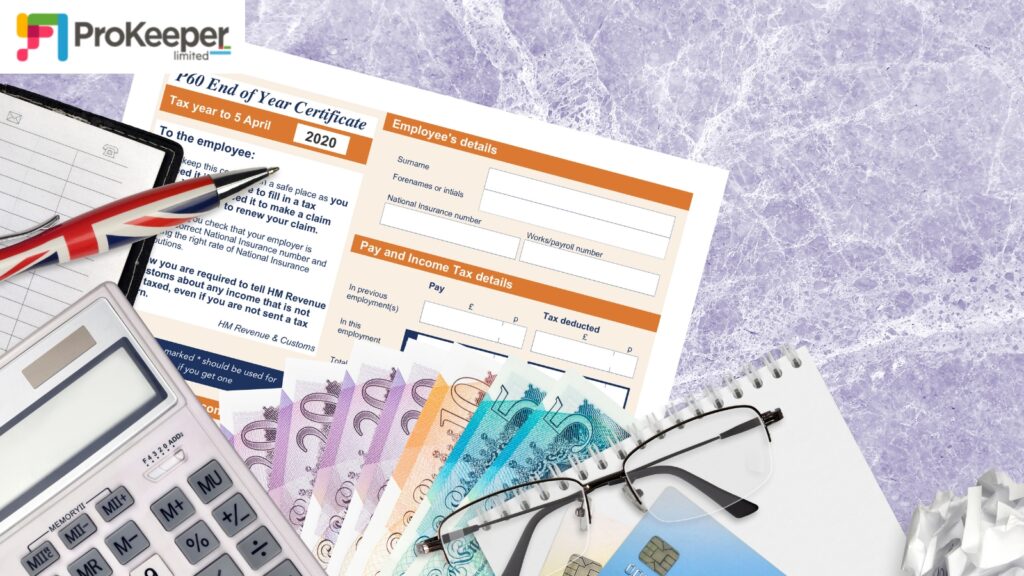VAT Filing Deadlines & Penalties: Key Dates You Can't Miss
Filing VAT returns isn’t exactly fun, but ignoring VAT Filing Deadlines & Penalties can cost you dearly. Most business owners don’t intentionally miss deadlines—it’s often just an oversight, a last-minute scramble, or simply not knowing when things are due. However, with HMRC, even a small slip-up regarding VAT Filing Deadlines & Penalties can escalate quickly.
If you’re running a VAT-registered business in the UK, your responsibilities are clear: file on time, pay what you owe, and make sure your information is accurate. A late VAT tax return might not seem like a big deal, but the penalties say otherwise.

When Exactly Are You Supposed to File?
If you’re under the standard scheme, you’re looking at four VAT returns a year—one for every quarter. Each return covers a three-month block. Once that block ends, you’ve got just over a month to get everything sorted.
Say your quarter ends on June 30. You’ll have until August 7 to both file and pay. That pattern repeats across the year. Miss it, and HMRC takes note.
Here’s the usual rhythm:
- Jan to Mar → File by May 7
- Apr to Jun → File by Aug 7
- Jul to Sep → File by Nov 7
- Oct to Dec → File by Feb 7
Simple enough, right? But that’s where most people still slip.
Annual VAT Return: Fewer Deadlines, Same Risk
Some businesses prefer to simplify things and file once a year under the Annual Accounting Scheme. Instead of four, you submit just one annual VAT return—which sounds great. But you still make interim VAT payments throughout the year.
That single return is due two months after your accounting year ends. So if your business wraps its financial year in March, your final return needs to land with HMRC by the end of May. Fewer submissions, sure—but miss that one, and the consequences hit just as hard.
What If You’re Late?
Let’s not sugarcoat it: a late HMRC VAT tax return puts you in risky territory. The first time, you might just get a warning. But HMRC keeps records, and repeated delays trigger what’s known as a surcharge period.
Now here’s where it gets expensive.
The more you miss, the higher the surcharge—starting at 2%, and climbing to 15%. And that’s on top of any interest or late fees.
Payment Late? That’s a Separate Issue
This is where things get even trickier. Filing on time doesn’t save you if your payment is late. The two are tracked separately. Even if your VAT tax filing is flawless but your payment shows up a day late, HMRC still considers it a default.
As of recent changes, the penalty system is two-part:
- First, a flat fine if you’re more than 15 days late.
- Then, a daily penalty kicks in if you cross the 30-day mark.
Interest? Yep—2.5% above the base rate. That adds up quickly, especially if you didn’t even realize you were behind.
Staying Ahead of the Game
The smartest way to avoid this mess? Build a system that doesn’t fail when things get busy. Here’s what many successful small businesses are doing:
- Set calendar reminders for every quarter
- Use software that connects your bank and pulls real-time numbers
- Double-check all invoices before sending your VAT submission
- Pay before the actual due date to account for banking delays
- Keep a log of all return receipts and payment confirmations
Most of this can be handled in less than an hour per month—cheaper than dealing with penalties later.
What If You Already Missed a Deadline?
First—breathe. It happens. The best move now is to file your return immediately and pay what you can. Even a partial payment is better than nothing.
Then, contact HMRC. Let them know what happened. If there’s a valid reason—system error, illness, etc.—they sometimes offer a break or set up a payment plan.
Just don’t go silent. That’s when things get worse.
Don’t Let VAT Become a Problem
Think of VAT not as a tax burden, but as a routine. Like payroll. Like inventory. It’s just another thing your business has to manage. The difference is, that penalties here aren’t small—and they add up fast.
Even if you’ve got someone else handling your accounting, it’s worth knowing when your next VAT tax return is due, and what’s expected.
Because at the end of the day, the responsibility is yours.
Conclusion
VAT doesn’t have to be scary. With a few calendar tweaks and the right habits, you can make late VAT returns a thing of the past. Whether you’re submitting your annual VAT return or just doing your regular VAT submission, the key is always the same: stay ahead, stay accurate, and never wait until the last minute.
Your next VAT tax filing is probably closer than you think—might be a good idea to check the date right now.

